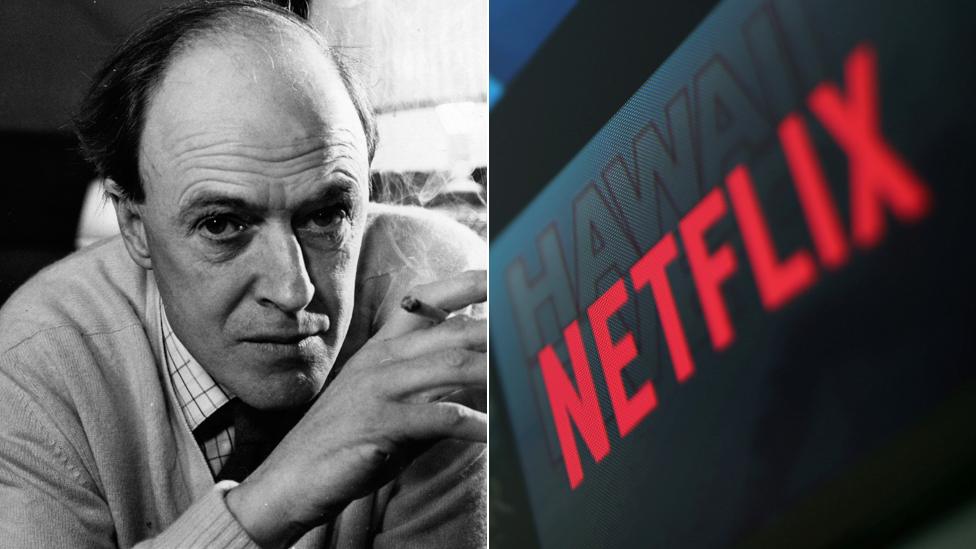Death Note: Netflix under fire over Belgium train crash images
- Published
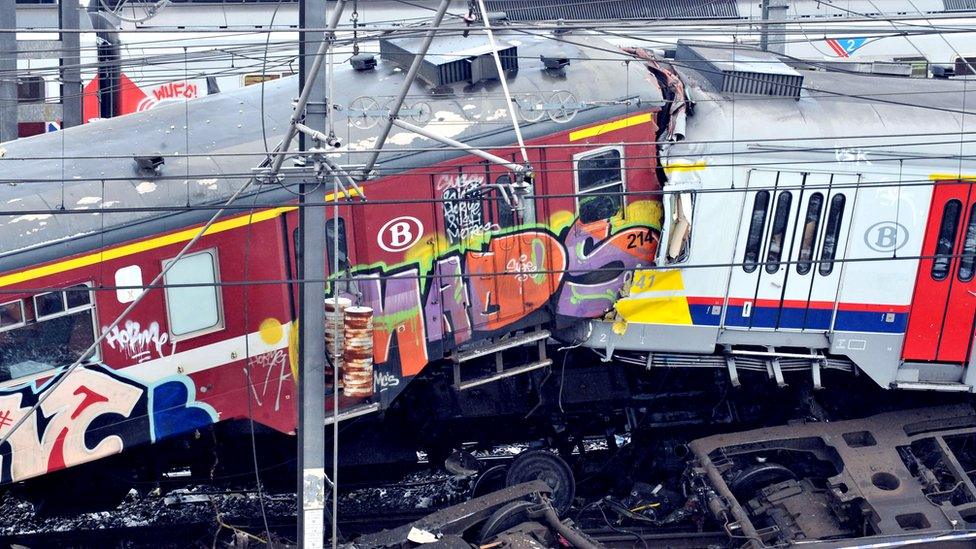
Nineteen people were killed when two passenger trains collided in Belgium in 2010
Netflix has come under fire for images used in the film Death Note said to be taken from a deadly train crash in Belgium in 2010, local media report.
A scene in the film, a horror inspired by a Japanese manga series, reportedly uses shots of a crash involving two passenger trains that killed 19 people.
A Belgian railway spokesman said it showed "little respect" to the victims.
Netflix is yet to comment on the reports. It is not clear if filmmakers had permission to use the images.
A spokesman for the Belgian rail operator SNCB, Dimitri Temmerman, said the company had not been informed of any decision to include the images in the film produced for the streaming service provider.
He described the reported appearance of the aerial footage, used to illustrate an unrelated incident in the film, as "a shock", Belgium's VRT News reported.
Mr Temmerman added that he was looking at an appropriate response.
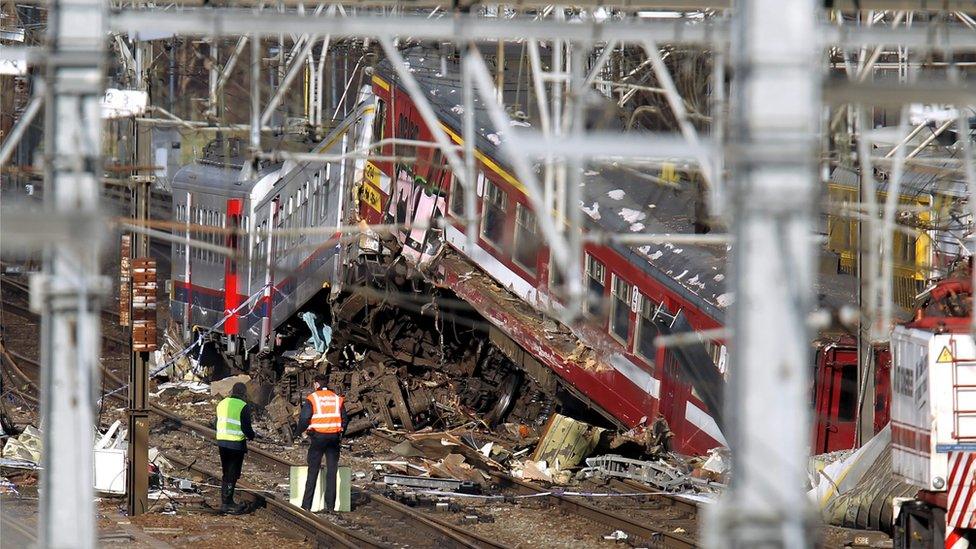
Carriages were pushed up at an angle or leaning to the side from the force of the crash
One survivor of the crash, 60-year-old Anita Mahy, told daily newspaper De Standaard that the decision to include images of the deadly collision amounted to a "complete lack of respect for all those involved".
"You'll just sit and watch an evening movie unsuspectingly and then face the accident again,", external she said, adding: "It makes me furious."
The Belgian train accident in February 2010 happened during the morning rush-hour commute.
The two trains collided head-on, at Halle, south-west of Brussels, causing carriages to compact, after one of them reportedly missed a stop signal.
The Netflix film Death Note was released last summer, but its reported use of these controversial images has only recently emerged.
Allow X content?
This article contains content provided by X. We ask for your permission before anything is loaded, as they may be using cookies and other technologies. You may want to read X’s cookie policy, external and privacy policy, external before accepting. To view this content choose ‘accept and continue’.

- Published2 January 2019

- Published18 December 2018
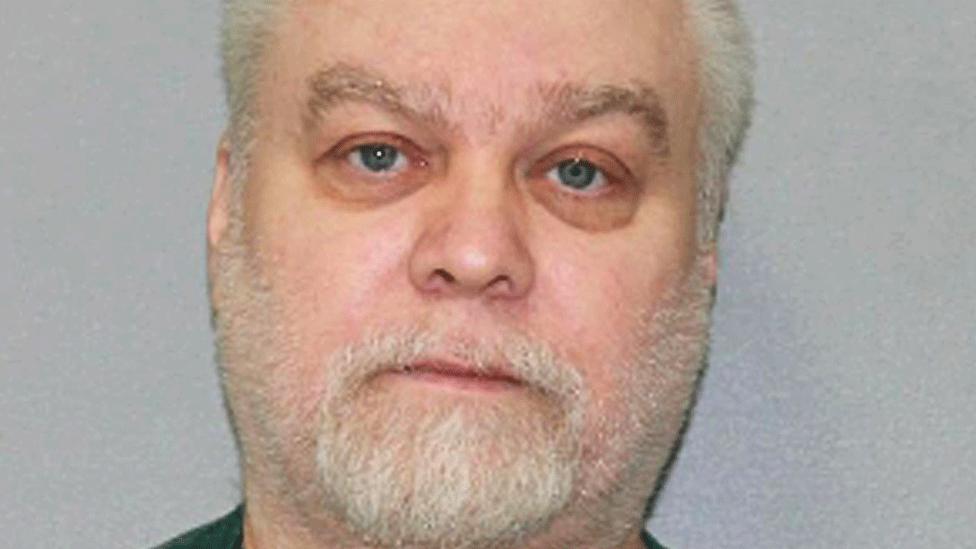
- Published22 November 2018
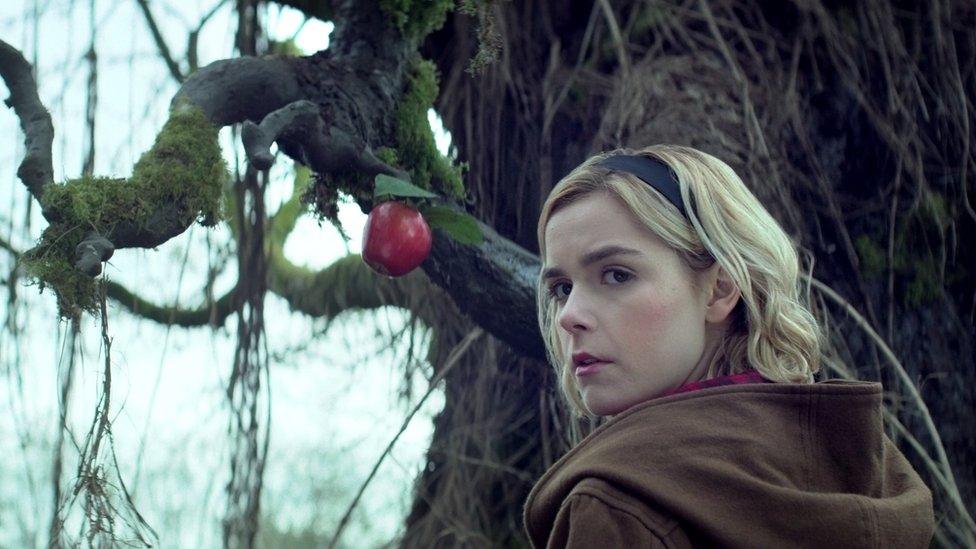
- Published27 November 2018
